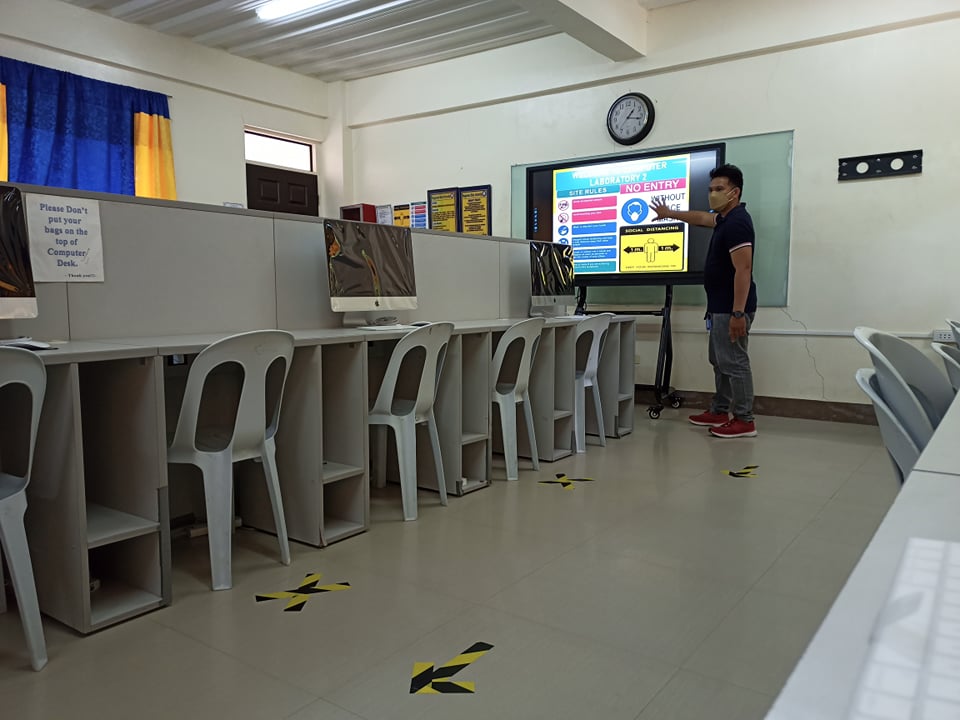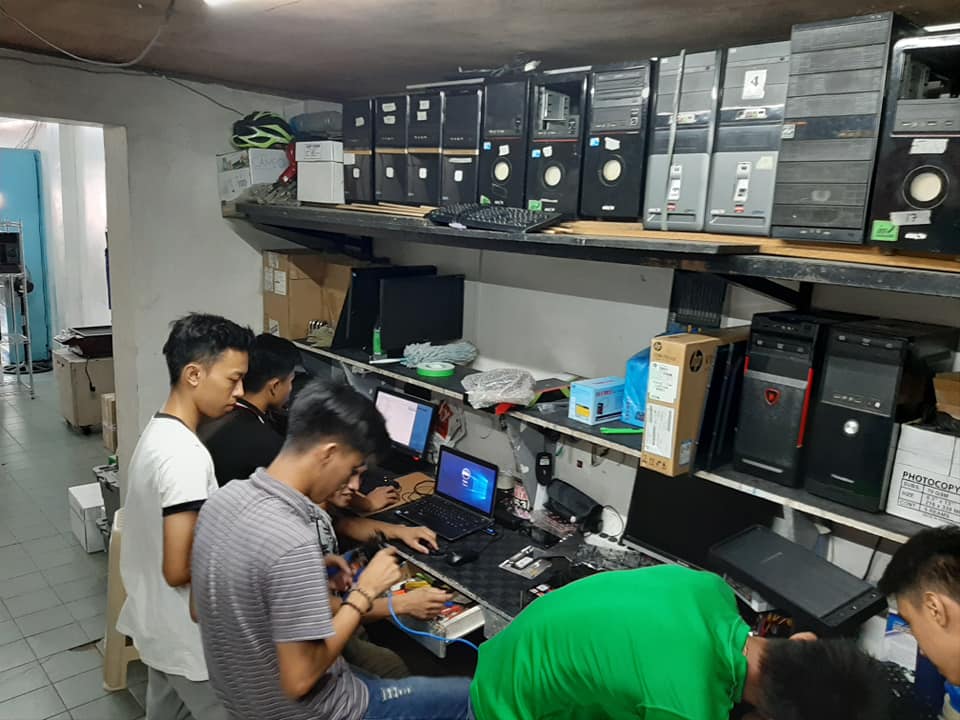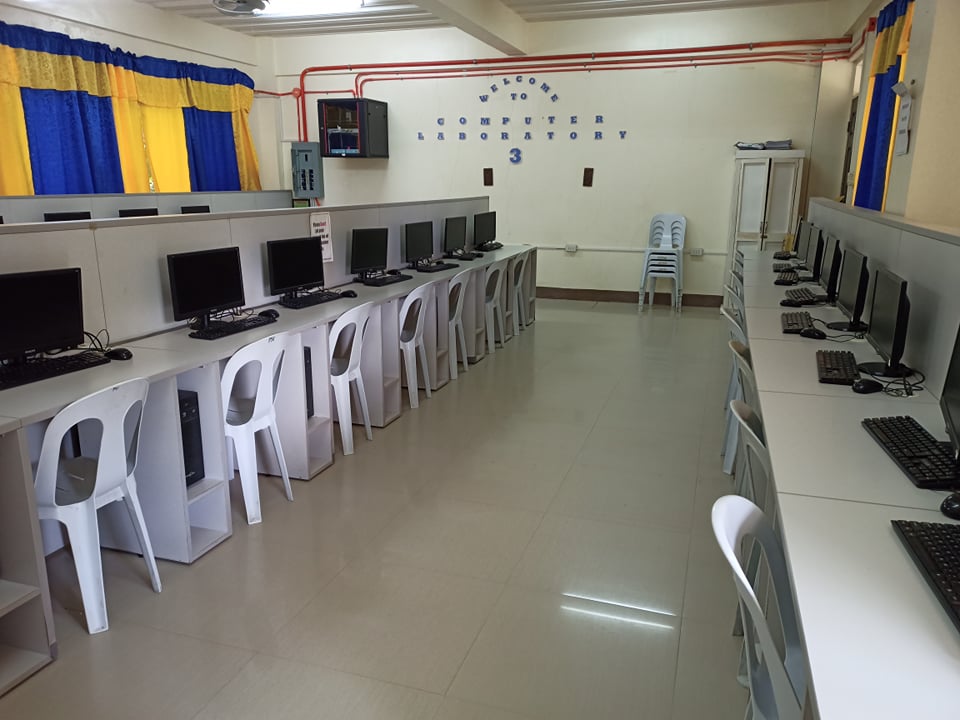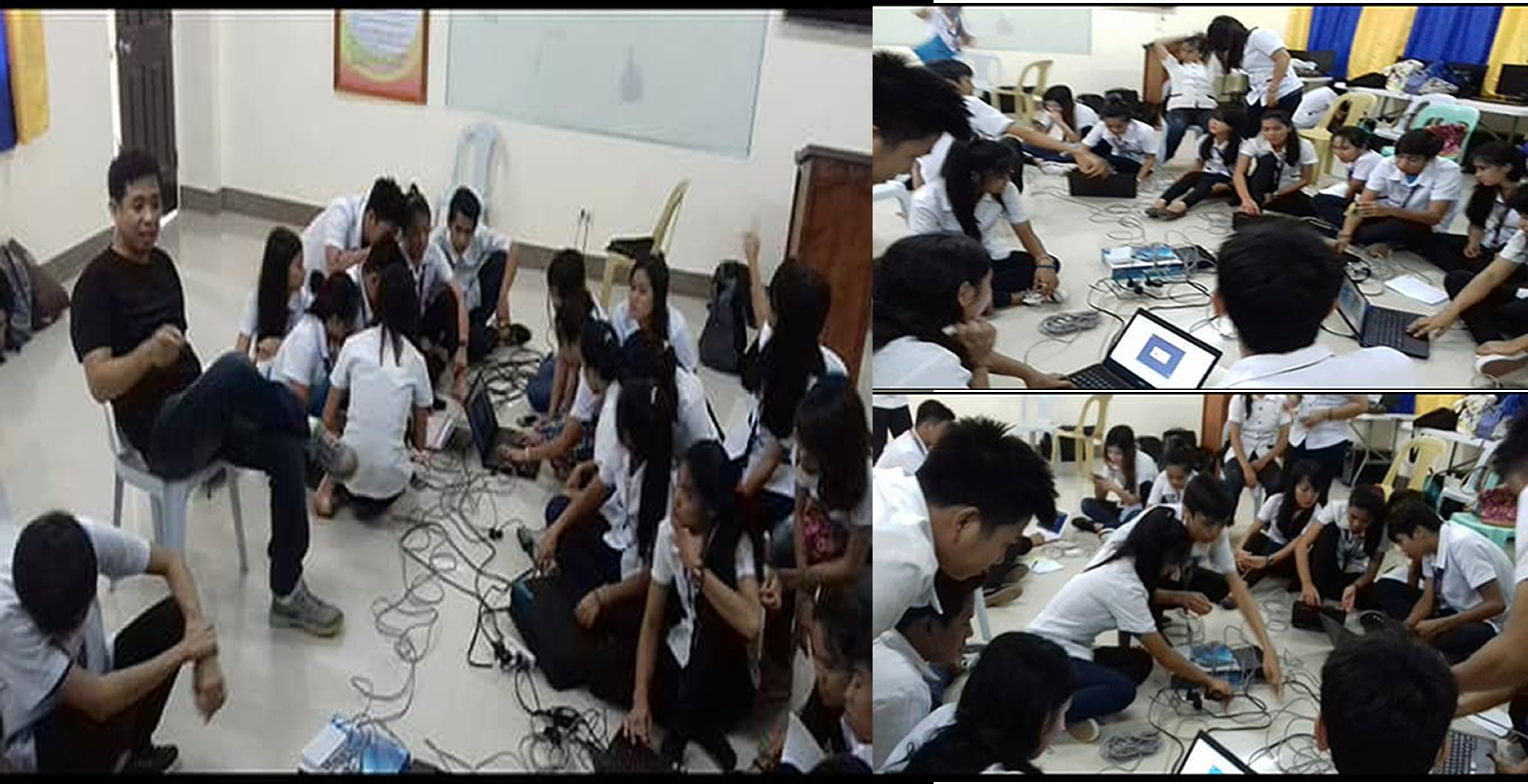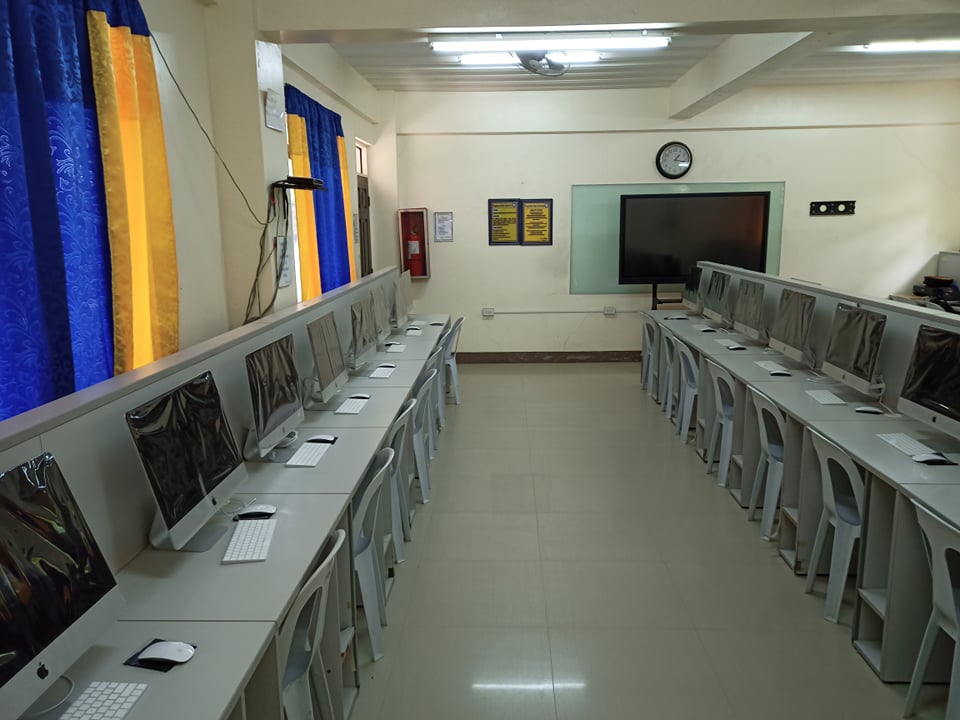Welcome to the IT Department!

Greetings from the Information Technology Department!
With the pool of faculty members of the IT Department of Pangasinan State University San Carlos Campus, we’d like to extend our warmest welcome to all you.
Be it known that the prime goal of the Information Technology Department is to get students ready for the challenges of the dynamic internet world. The department provides a wide range of programs that are constantly expanding, reflecting both the present and the future of information technology and all computing professions.
A Bachelor of Science in Information Technology with a concentration in Web and Mobile Technologies is now available from the department. Despite having a theoretical foundation, this program is adaptable to the quick rate of technological advancement.
The academic activities and students are extremely important to the information technology faculty. The department’s main area of focus is excellent teaching. Programming, databases, networking, computer architecture, cybersecurity, cloud computing, computer graphics, and many other topics are introduced to the students.
Students are also taught the value of social responsibility and professional ethics. Each curriculum is created to give students meaningful team- and individually focused creative opportunities, as well as chances to improve their oral and written communication abilities.
Additionally, students are given the chance to interact with the industry through activities including professional society involvement, student internships, cooperative education, and professional speakers.
The quest for knowledge is another component of the department. Researchers from the faculty are working on issues related to various facets of information technology. Publication in scholarly publications and attendance at national and international conferences are important components.
These initiatives give professors the chance to stay on the cutting edge in a changing environment and give them the chance to involve students in their quest for knowledge.
The department of information technology encourages diversity and accepts eligible students from a variety of backgrounds and places of origin, whether local, national, or international. The department takes great pleasure in its cultural diversity. This diversity benefits students both inside and outside of the classroom and helps them get ready for a cutthroat, international marketplace.
CHRISTIAN S. DELA CRUZ, DIT
Program Chairperson, IT Department
Accredited:
AACCUP Level II
Organizational Chart
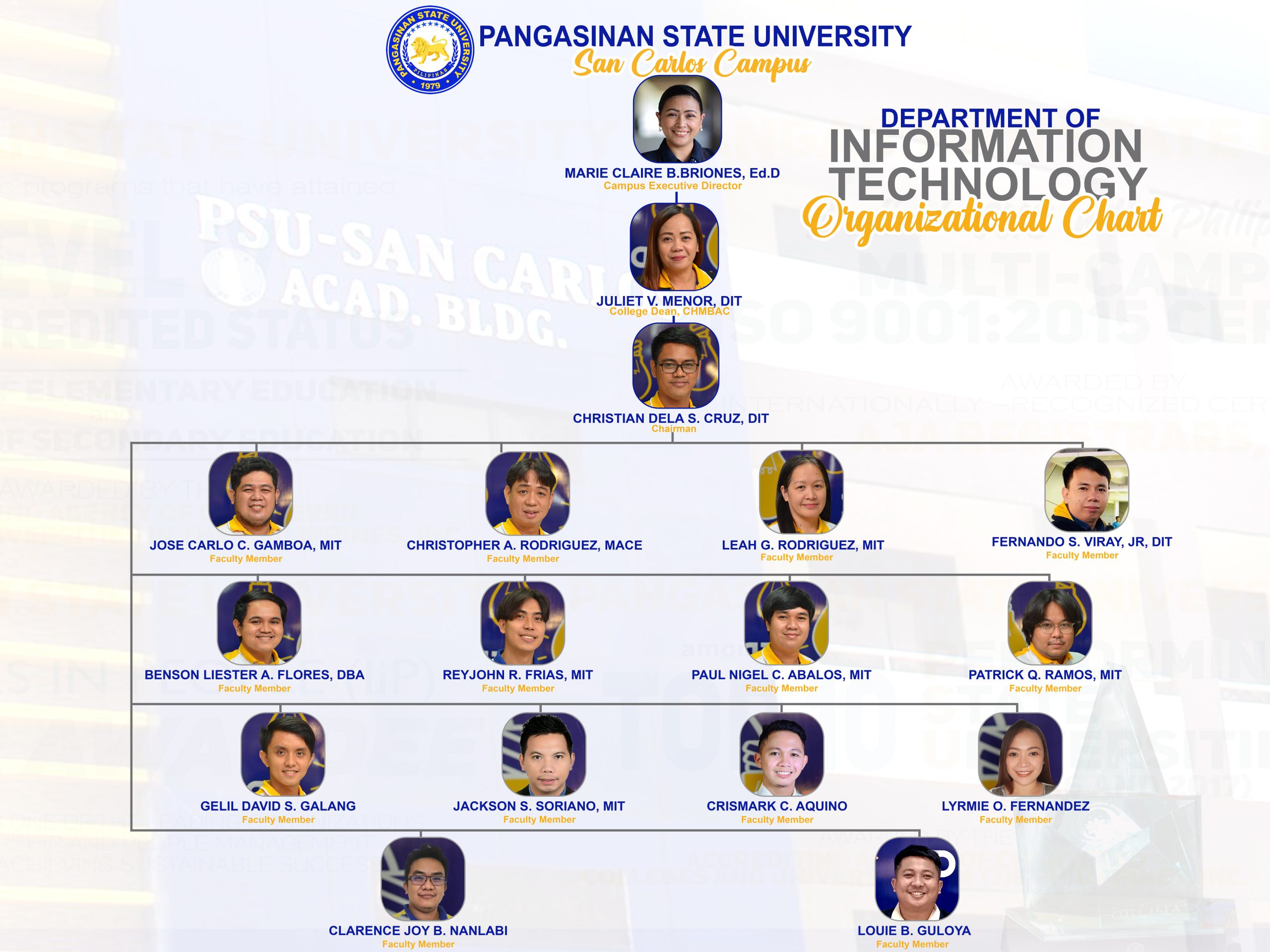
BS INFORMATION TECHNOLOGY CORPORATE VIDEO
EMPLOYMENT OPPORTUNITIES
- Application Developer
- Database Administrator
- Digital Animator
- Information Security Administrator
- Multimedia Technologist
- Network Administrator
- Network Engineer
- Systems Analyst
- Test Engineer
- Web Administrator/ Web Master
- Web Developer
The intent of the Information Technology program is to produce graduates who are able to meet the demands of the IT professional in the industry, both local and national area and in the ASEAN region. It has the following objectives:
-
- Undertake projects that show ability to solve complex problems and to work in teams on problems whose solutions lead to significant societal benefits.
- Communicate effectively with diverse stakeholders as well as function appropriately in a team environment.
- Demonstrate ethical behavior as an IT professional and sensitivity to the impact of technology and society.
- Engage in lifelong learning and professional development.
|
GRADUATE ATTRIBUTES |
PROGRAM ATTRIBUTES |
PROGRAM OUTCOMES |
|
Knowledgeable and Skilled IT Professional |
Knowledge for solving computing problems |
1. Apply knowledge of computing science, and mathematics to address real problems appropriate to the discipline |
|
2. Distinguish best practices and standards and their applications |
||
|
Program Analysis |
3. Analyze complex problems, and identify and define the computing requirements appropriate to its solution |
|
|
4. Identify and analyze user needs and take them into account in the selection, creation, evaluation and administration of computer-based systems |
||
|
Design, development of solutions |
5. Design, implement, and evaluate computer-based systems, processes, components, or programs to meet desired needs and requirements under various constraints |
|
|
6. Integrate IT-based solutions into the user environment effectively |
||
|
Modern Tool Usage |
7. Apply knowledge through the use of current techniques, skills, tools and practices necessary for the IT profession |
|
|
People’s Champion |
Individual and Team Work |
8. Function effectively as a member or leader of a development team recognizing the different roles within a team to accomplish a common goal |
|
9. Assist in the creation of an effective IT project plan |
||
|
Knowledgeable and Skilled Communicator |
Communication |
10. Communicate effectively with the computing community and with society at large about complex computing activities through logical writing, presentations, and clear instructions |
|
Community Developer |
Computing Professionalism and Social Responsibility |
11. Analyze the local and global impact of computing and information technology on individuals, organizations, and society |
|
12. Understand professional, ethical, legal, security and social issues and responsibilities in the utilization of information technology |
||
|
Continuous-Innovative Learner |
Life-long Learning |
13. Recognize the need for and engage in planning self-learning and improving performance as a foundation for continuing professional development |
- Develop the students’ competencies by instilling the latest IT knowledge and skills.
- Develop and enrich the IT education curriculum that is flexible and adaptable to meet the needs of students and the IT industry.
- Promote students’ holistic development to improve their skills and abilities.
- Expand and establish network of linkages with other institutions both private and public to strengthen academe-industry support.
- Establish instruction-related support systems.


